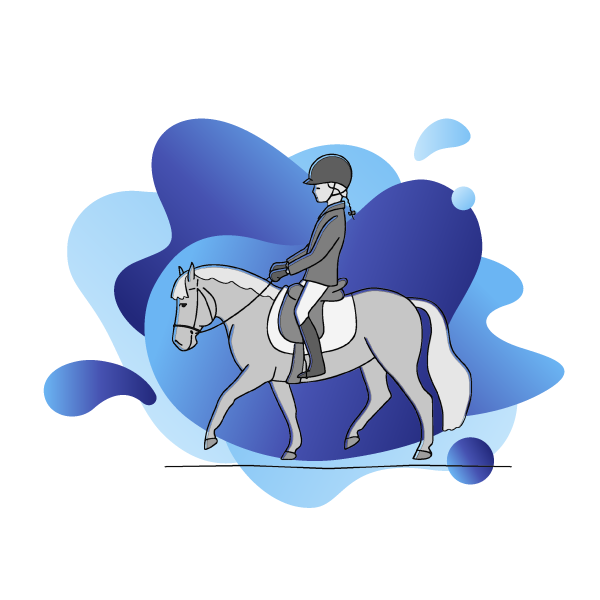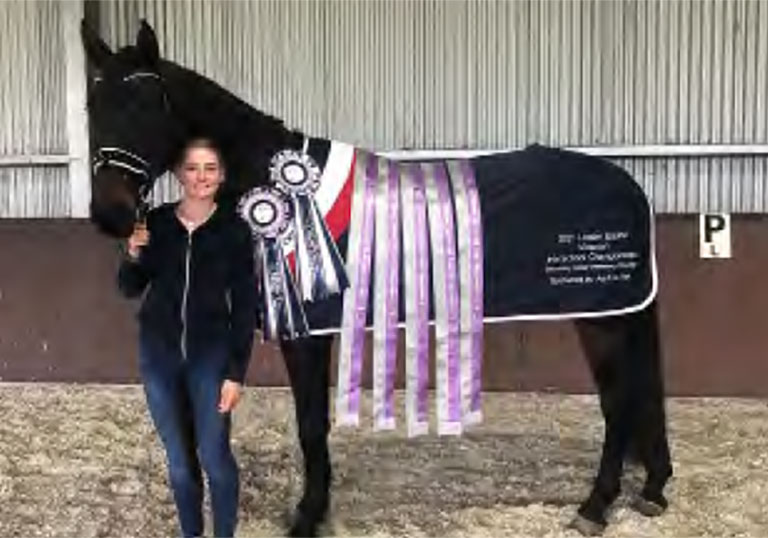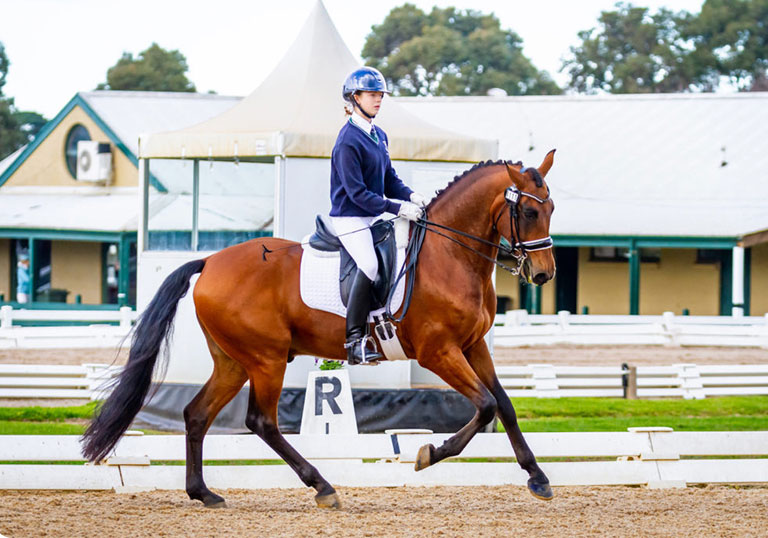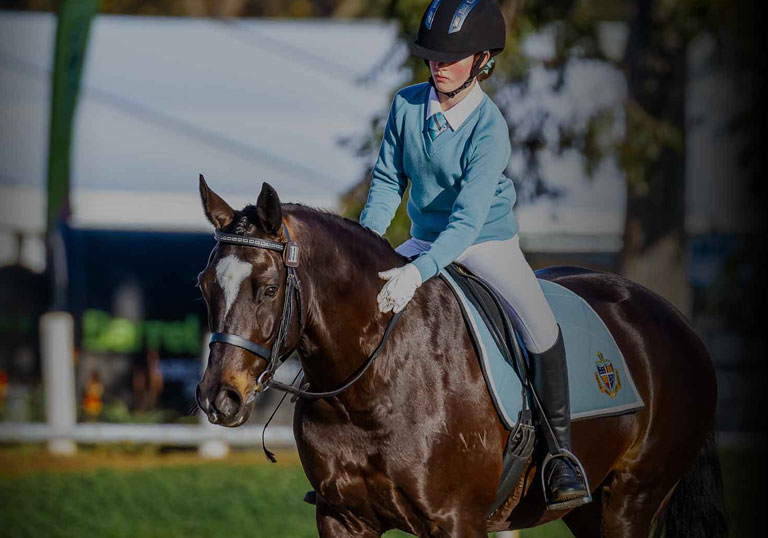COMPETITIONS
FIRST TIME COMPETITORS GUIDE
The Interschool Victoria Handbook has all the information you need, but here are a few tips for you to remember.
Interschool competitions have many different events and classes to suit those beginning their interschool journey, right through to the more senior competitors who are moving into open equestrian levels.

- It is best to find a local competition in your area. Perhaps you have been to the venue before or have had a practice there. Interschool competitions can be found on the ISV calendar published on our website.
- Once you have chosen which event you would like to compete at, the next step is to fnd the online details and entry forms. From there, look at the classes or heights offered in either the Primary or Secondary sections.
- You need to let your school know you are going to an interschool equestrian event. Some schools will have a uniform or some requirements, but some smaller schools may not have anyone else riding. This does not matter.
- Enter a class you are eligible for according to your year level and EA requirements (MERs). Entries are usually online through an event website. It is best to start in a class or height that you know you are confdent in, especially if it is your frst Interschool event. If you have
an instructor, they may be able to help you choose an appropriate starting level. - When entering Interschool events, you will need some form of insurance. This may be EV or PCV if you are already a member (see insurance section). You need to enter each time with the correct and consistent spelling of your name and your horse’s name.
- Before the competition, make sure you learn and practice any workouts or dressage tests.
- The draw (order of competition and times you ride) is usually released online or emailed 2-3 days before the event. Once
you have received the draw, check that all of your information is correct. If it is not or you need to change something, please do so straight away. Contact the organisers and politely ask for the changes to be made. - Before the day make a plan – the time you want to leave home, any course walks and warm up times etc. Dressage is very strict about order and times. It is good to write it all down. You will need a number holder for your saddle blanket and/or bridle. You can make a laminated number to pin onto your saddle blanket when the draw comes out.
- Make sure you pack everything the night before. If your school doesn’t have an equestrian uniform – wear light jodhpurs or breeches and your school sport shirt, windcheater, jumper or polo top with a correct helmet and boots. Remember to take a bucket for water and hay for your
horse. It’s also important to pack spare rugs as the weather can change quickly! - If something goes wrong, do not panic (e.g. late arrival, forgot the course, learnt the wrong test, didn’t go through the start fags). Every rider has done these things. Move on to your next round or test, and try to forget about the other issue. Remember, your horse does not understand any of this.
- Often people will help you and your family. If you need assistance or have any questions, approach someone or the organisers of the event.
- Results may be online or on a score board. If you think the scores are incorrect, politely ask the event office.
- Dressage tests cannot be collected until everyone in the class has fnished, but you can ask them to be posted to you and pay a small fee. Many competitions now have online scoring including downloadable tests. Presentations may take some time if there are several rounds or championships to be decided. Other people can usually collect your ribbons. At large events with sponsorship prizes such as bags of feed etc. you have to be at the presentation to receive the prize.



